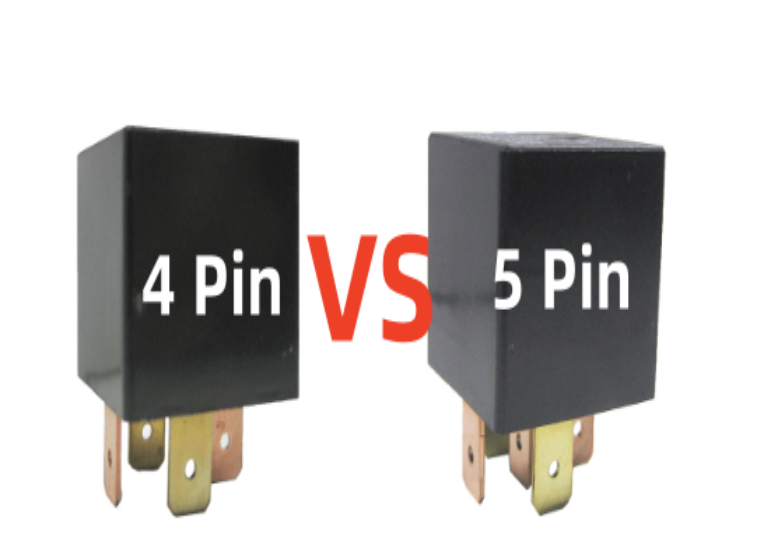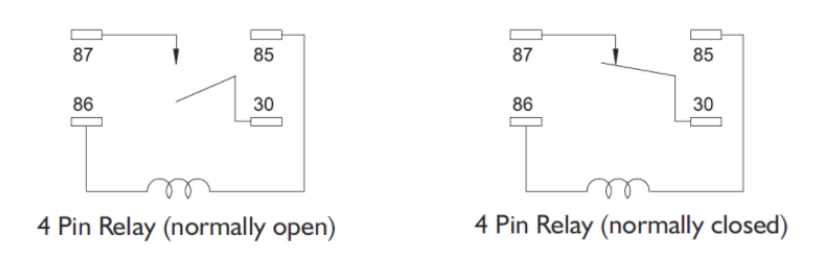OUTLINE:
Main Differences Between 4 and 5 Pin Relays
 368
368Relays are devices used in electrical circuits to switch power on and off. They are designed to operate as an electromechanical switch, using an electromagnetic coil to generate a magnetic field that pulls or releases a contact, which then opens or closes a circuit. There are different types of relays, but in this article, we will focus on the differences between 4 and 5 pin relays.

4-pin relays are the most common type of relay used in automotive applications. They are simple in design, with four pins that are numbered 85, 86, 30, and 87. The pins are identified by their function, which is as follows:
-
Pin 85: This pin is connected to a ground source, which is usually the vehicle's chassis. It provides a return path for the current flowing through the relay coil.
-
Pin 86: This pin is connected to a positive power source, which is usually a switch. When the switch is activated, it sends power to this pin, energizing the relay coil.
-
Pin 30: This pin is the common contact of the relay. When the relay is energized, the contact is closed, allowing power to flow through the circuit.
-
Pin 87: This pin is the normally open contact of the relay. When the relay is energized, the contact is closed, allowing power to flow through the circuit.

5-pin relays are similar to 4-pin relays, but they have an additional pin numbered 87a. This pin is the normally closed contact of the relay, which means that when the relay is not energized, the contact is closed, allowing power to flow through the circuit. When the relay is energized, the contact opens, and power is redirected to the normally open contact at pin 87.
.png)
The additional pin on a 5-pin relay provides more versatility in circuit design, allowing for more complex switching arrangements. For example, a 5-pin relay can be used to switch between two different circuits, or to provide a fail-safe function by redirecting power to a backup circuit when the primary circuit fails.
While 5-pin relays offer more functionality, they are also more complex and can be more difficult to wire. It's important to carefully follow the wiring diagram for the specific relay being used to ensure that the connections are made correctly.
In summary, the difference between 4 and 5 pin relays is the additional normally closed contact at pin 87a on the 5-pin relay. This provides more versatility in circuit design, but also requires more attention to detail when wiring. Ultimately, the choice between a 4-pin or 5-pin relay will depend on the specific requirements of the circuit being designed.

Disclaimer: The views and opinions expressed by individual authors or forum participants on this website do not represent the views and opinions of Chipsmall, nor do they represent Chipsmall's official policy.

share this blog to:

